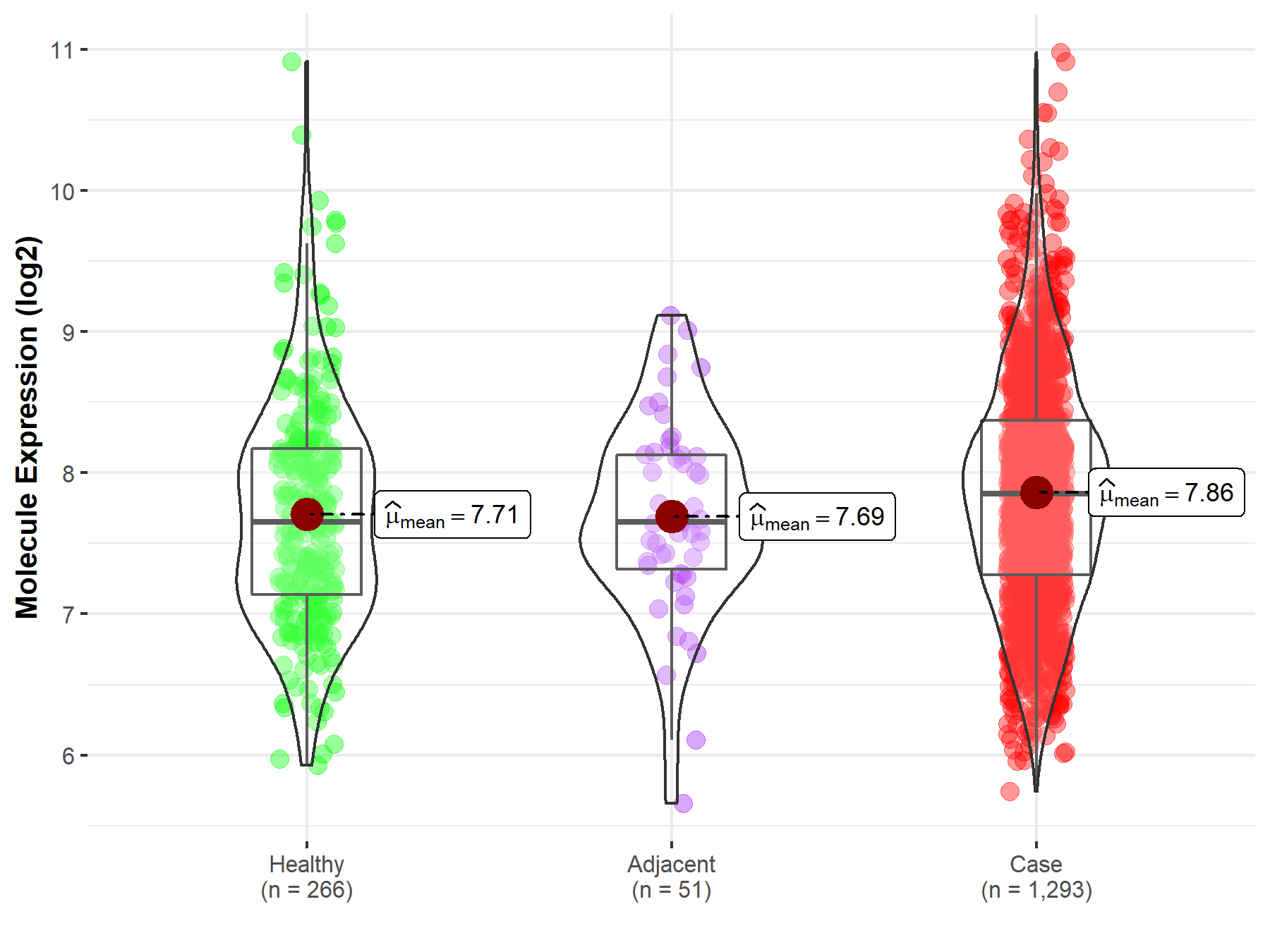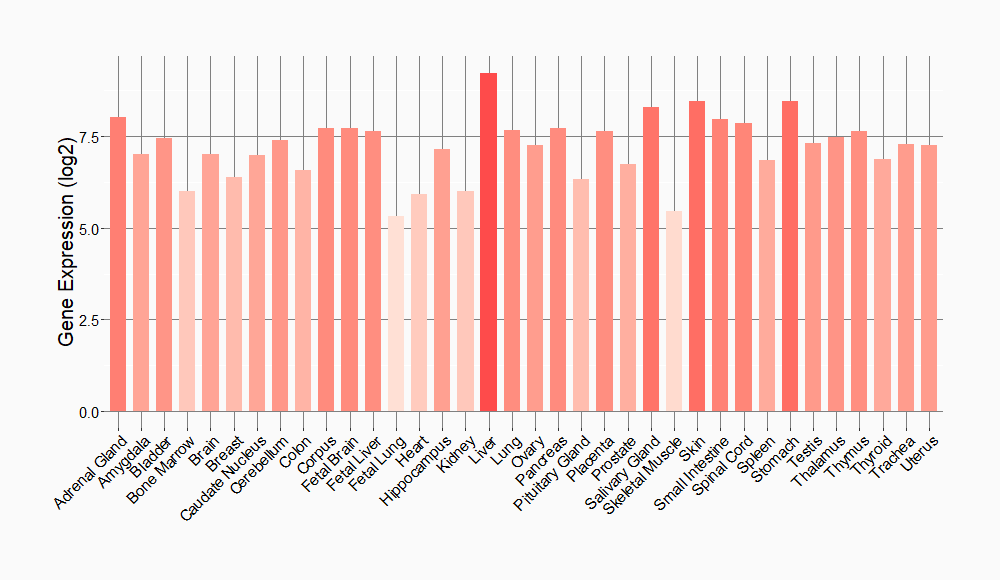Molecule Information
General Information of the Molecule (ID: Mol01886)
| Name |
Insulin induced gene 1 (INSIG1)
,Homo sapiens
|
||||
|---|---|---|---|---|---|
| Synonyms |
INSIG1
Click to Show/Hide
|
||||
| Molecule Type |
Protein
|
||||
| Gene Name |
INSIG1
|
||||
| Gene ID | |||||
| Location |
chr7:155,297,776-155,310,235[+]
|
||||
| Sequence |
MPRLHDHFWSCSCAHSARRRGPPRASAAGLAAKVGEMINVSVSGPSLLAAHGAPDADPAP
RGRSAAMSGPEPGSPYPNTWHHRLLQRSLVLFSVGVVLALVLNLLQIQRNVTLFPEEVIA TIFSSAWWVPPCCGTAAAVVGLLYPCIDSHLGEPHKFKREWASVMRCIAVFVGINHASAK LDFANNVQLSLTLAALSLGLWWTFDRSRSGLGLGITIAFLATLITQFLVYNGVYQYTSPD FLYIRSWLPCIFFSGGVTVGNIGRQLAMGVPEKPHSD Click to Show/Hide
|
||||
| 3D-structure |
|
||||
| Function |
Oxysterol-binding protein that mediates feedback control of cholesterol synthesis by controlling both endoplasmic reticulum to Golgi transport of SCAP and degradation of HMGCR. Acts as a negative regulator of cholesterol biosynthesis by mediating the retention of the SCAP-SREBP complex in the endoplasmic reticulum, thereby blocking the processing of sterol regulatory element-binding proteins (SREBPs) SREBF1/SREBP1 and SREBF2/SREBP2. Binds oxysterol, including 25-hydroxycholesterol, regulating interaction with SCAP and retention of the SCAP-SREBP complex in the endoplasmic reticulum. In presence of oxysterol, interacts with SCAP, retaining the SCAP-SREBP complex in the endoplasmic reticulum, thereby preventing SCAP from escorting SREBF1/SREBP1 and SREBF2/SREBP2 to the Golgi. Sterol deprivation or phosphorylation by PCK1 reduce oxysterol-binding, disrupting the interaction between INSIG1 and SCAP, thereby promoting Golgi transport of the SCAP-SREBP complex, followed by processing and nuclear translocation of SREBF1/SREBP1 and SREBF2/SREBP2. Also regulates cholesterol synthesis by regulating degradation of HMGCR: initiates the sterol-mediated ubiquitin-mediated endoplasmic reticulum-associated degradation (ERAD) of HMGCR via recruitment of the reductase to the ubiquitin ligases AMFR/gp78 and/or RNF139. Also regulates degradation of SOAT2/ACAT2 when the lipid levels are low: initiates the ubiquitin-mediated degradation of SOAT2/ACAT2 via recruitment of the ubiquitin ligases AMFR/gp78.
Click to Show/Hide
|
||||
| Uniprot ID | |||||
| Ensembl ID | |||||
| HGNC ID | |||||
| Click to Show/Hide the Complete Species Lineage | |||||
Type(s) of Resistant Mechanism of This Molecule
Drug Resistance Data Categorized by Drug
Approved Drug(s)
1 drug(s) in total
| Drug Resistance Data Categorized by Their Corresponding Mechanisms | ||||
|
|
||||
| Disease Class: Breast cancer [ICD-11: 2C60.3] | [1] | |||
| Resistant Disease | Breast cancer [ICD-11: 2C60.3] | |||
| Resistant Drug | Fluvastatin | |||
| Molecule Alteration | Expression | Up-regulation |
||
| Differential expression of the molecule in resistant disease | ||||
| Classification of Disease | Breast cancer [ICD-11: 2C60] | |||
| The Specified Disease | Breast cancer | |||
| The Studied Tissue | Breast tissue | |||
| The Expression Level of Disease Section Compare with the Healthy Individual Tissue | p-value: 4.46E-03 Fold-change: 2.88E-02 Z-score: 2.86E+00 |
|||
| Experimental Note | Discovered Using In-vivo Testing Model | |||
| Cell Pathway Regulation | Steroid biosynthesis signaling pathway | Activation | hsa00100 | |
| Terpenoid bacKbone biosynthesis signaling pathway | Activation | hsa00900 | ||
| Steroid hormone biosynthesis signaling pathway | Activation | hsa00140 | ||
| In Vitro Model | MCF-10A-neoT cells | Breast | Homo sapiens (Human) | CVCL_5554 |
| In Vivo Model | SV40 C3TAg transgenic mouse model | Mus musculus | ||
| Experiment for Molecule Alteration |
Clariom D RNA profiling assay | |||
| Experiment for Drug Resistance |
MTT assay; Colony formation assay | |||
| Mechanism Description | Acquired resistance to fluvastatin is mediated by restorative upregulation of cholesterol biosynthesis pathway genes. | |||
Disease- and Tissue-specific Abundances of This Molecule
ICD Disease Classification 02

| Differential expression of molecule in resistant diseases | ||
| The Studied Tissue | Breast tissue | |
| The Specified Disease | Breast cancer | |
| The Expression Level of Disease Section Compare with the Healthy Individual Tissue | p-value: 4.46E-03; Fold-change: 2.00E-01; Z-score: 2.50E-01 | |
| The Expression Level of Disease Section Compare with the Adjacent Tissue | p-value: 9.34E-02; Fold-change: 2.00E-01; Z-score: 2.89E-01 | |
|
Molecule expression in the normal tissue adjacent to the diseased tissue of patients
Molecule expression in the diseased tissue of patients
Molecule expression in the normal tissue of healthy individuals
|
||
| Disease-specific Molecule Abundances |

|
Click to View the Clearer Original Diagram |
Tissue-specific Molecule Abundances in Healthy Individuals


|
||
References
If you find any error in data or bug in web service, please kindly report it to Dr. Sun and Dr. Yu.
